 30 Nov 2024
30 Nov 2024
The study, conducted in Italy, involved analyzing three plant-based steaks and three plant-based cold cuts, comparing them to veal steaks, ham, and beef cold cuts. Key nutritional factors such as fat, salt, and protein content were measured. Additionally, the products underwent simulated digestion to assess how well their proteins break down in the human digestive system.
The study highlighted that the nutritional value of plant-based products depends heavily on the ingredients used in their formulation. As a result, their amino acid content and protein digestibility showed significant variation. In contrast, traditional meats within the same category exhibited more consistent nutritional profiles.
Implications for Consumers
The researchers emphasize the importance of careful consideration when replacing meat with plant-based alternatives. The differences in nutritional profiles should be clearly communicated to consumers to enable informed dietary choices.
While plant-based steaks and cold cuts have made impressive strides, their nutritional variability underscores the need for further innovation to match the protein quality of traditional meats. As the demand for plant-based options grows, these insights can guide both product development and consumer awareness.
You may also like to read: “Vitamin B12: What is it for, benefits and where can it be found?”
Subscribe now to the technical magazine of animal nutrition
AUTHORS
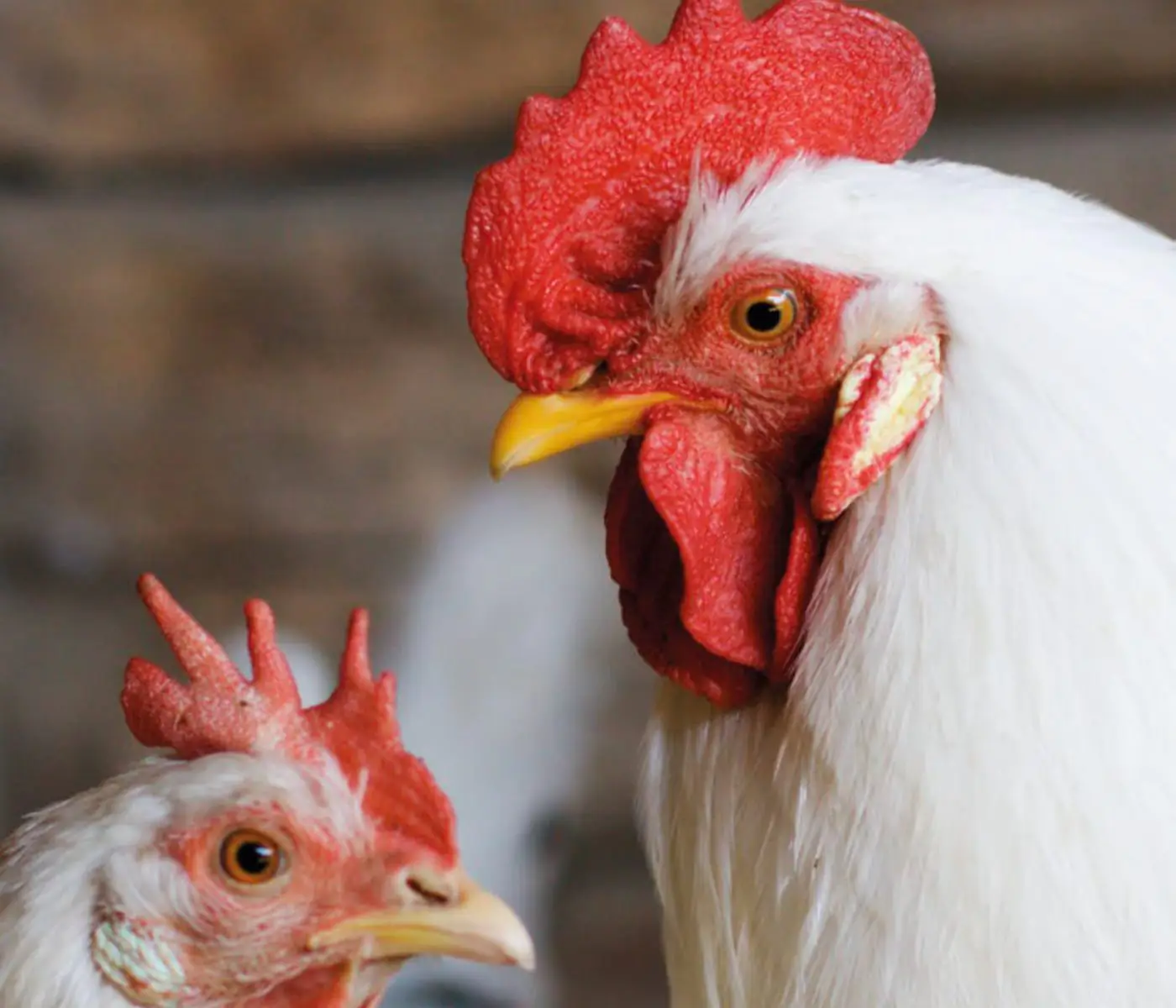
Nutritional Interventions to Improve Fertility in Male Broiler Breeders
Edgar Oviedo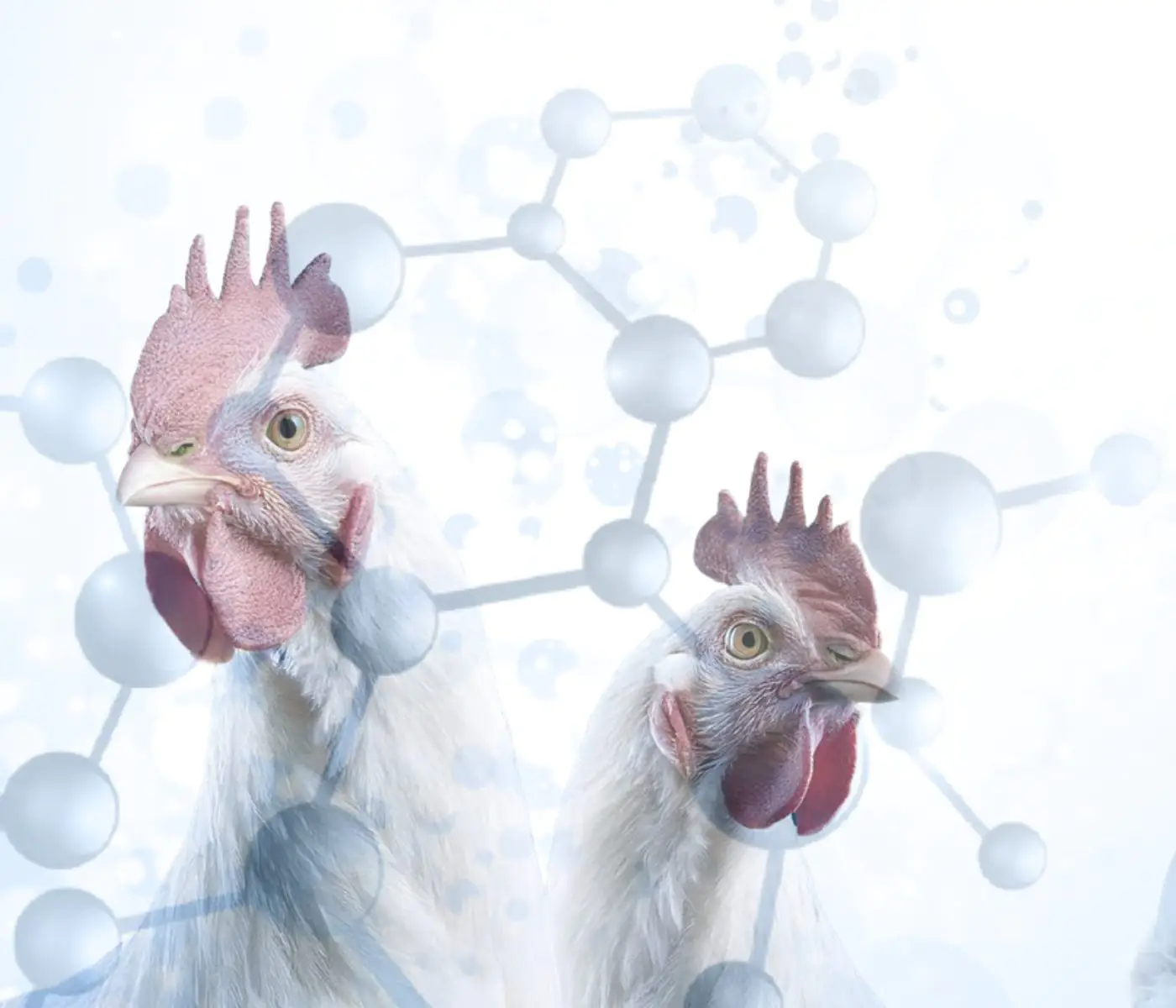
The Use of Organic Acids in Poultry: A Natural Path to Health and Productivity
M. Naeem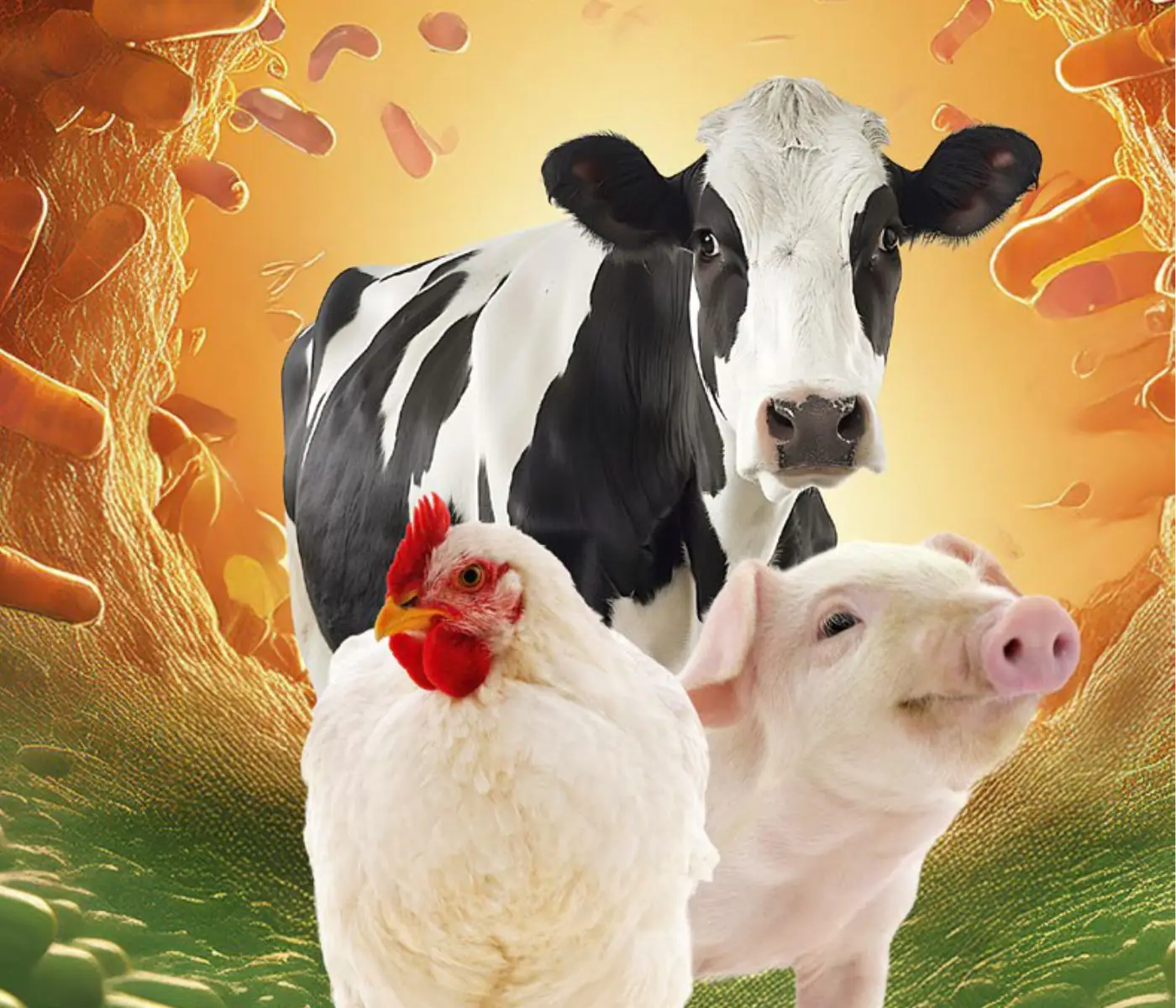
Synergistic Benefits of Prebiotics and Probiotics in Poultry, Swine, and Cattle
Gustavo Adolfo Quintana-Ospina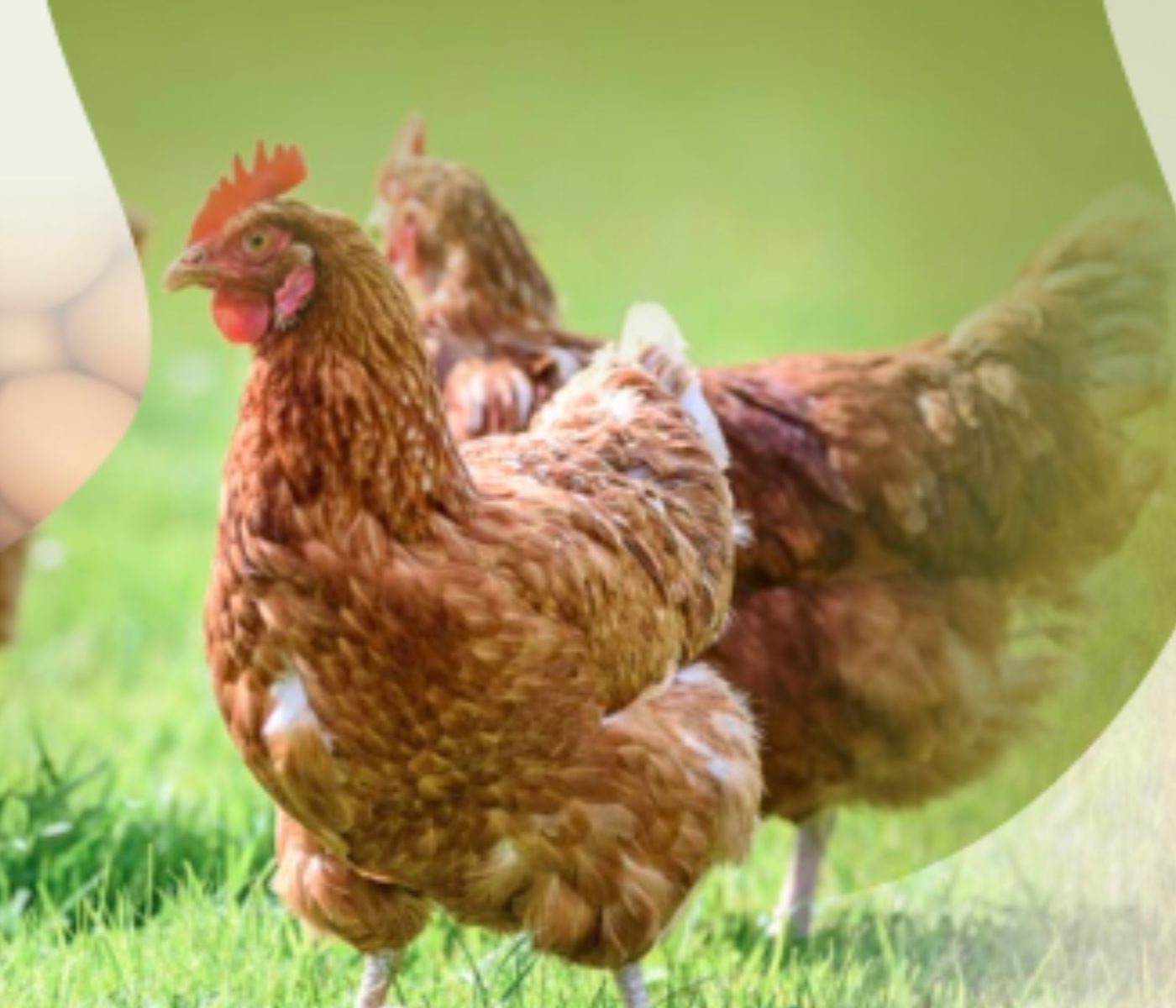
Hybrid Rye Potential in Laying Hen Feed Rations
Gwendolyn Jones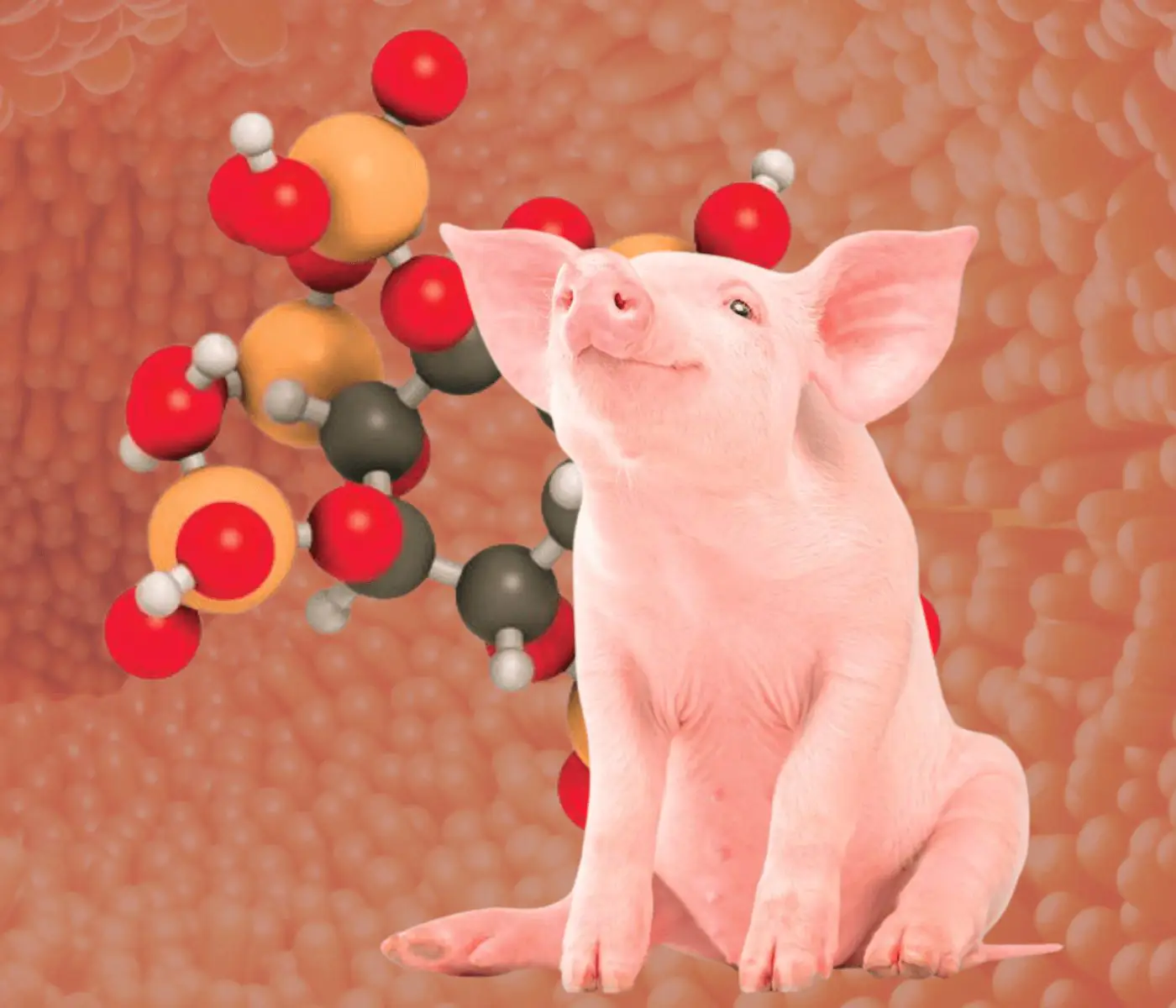
A day in the life of phosphorus in pigs: Part I
Rafael Duran Giménez-Rico
Use of enzymes in diets for ruminants
Braulio de la Calle Campos
Minerals and Hoof Health in the Pregnant Sow
Juan Gabriel Espino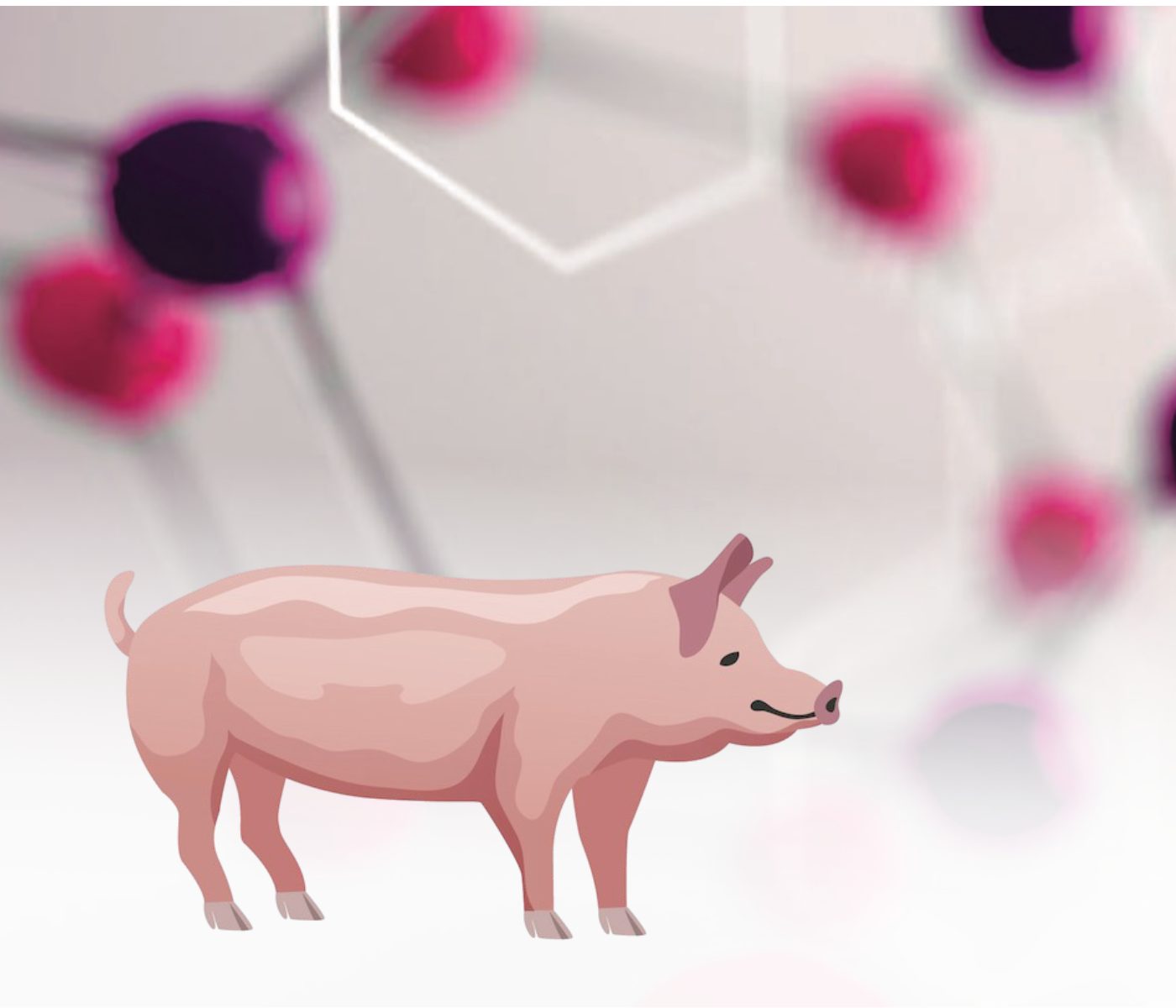
Impact of Oxidized Fats on Swine Reproduction and Offspring
Maria Alejandra Perez Alvarado